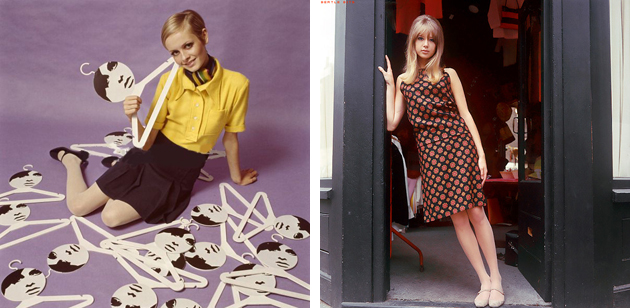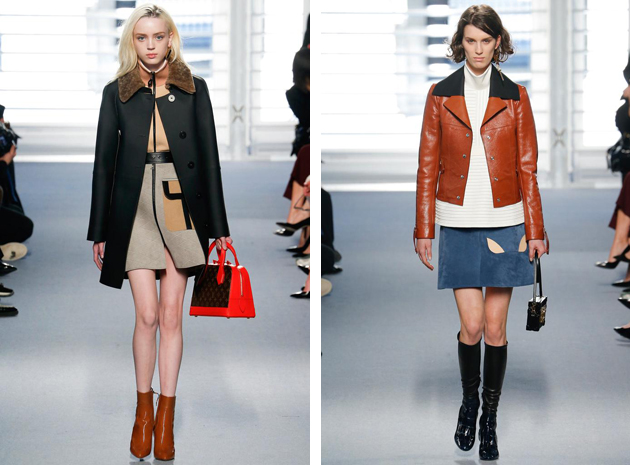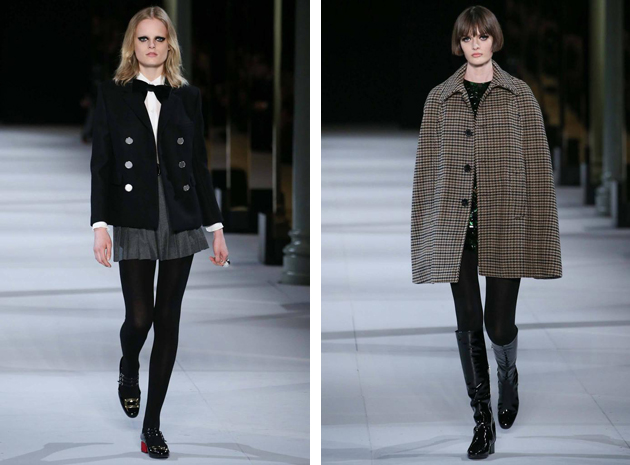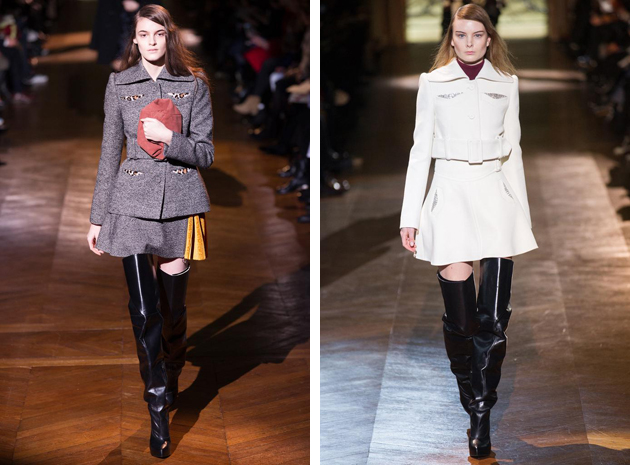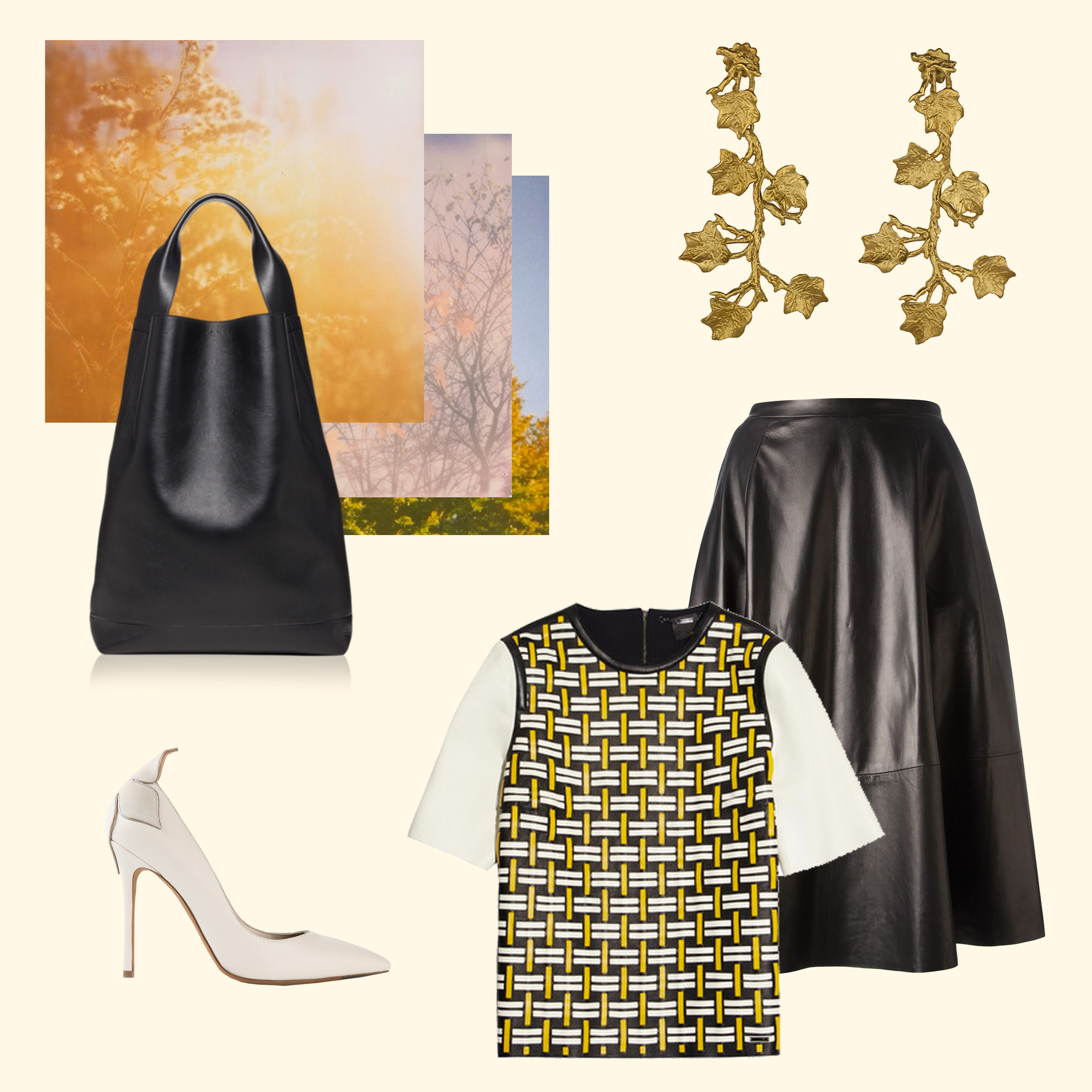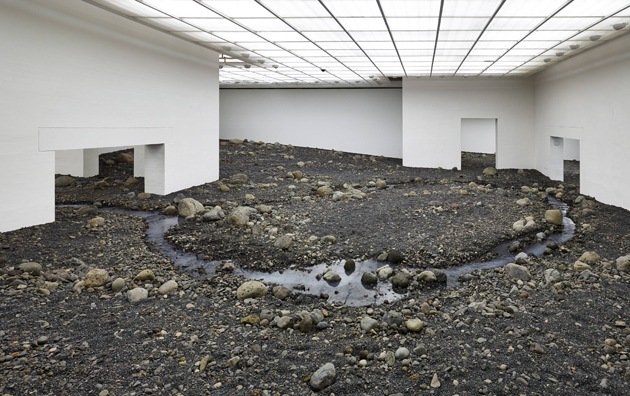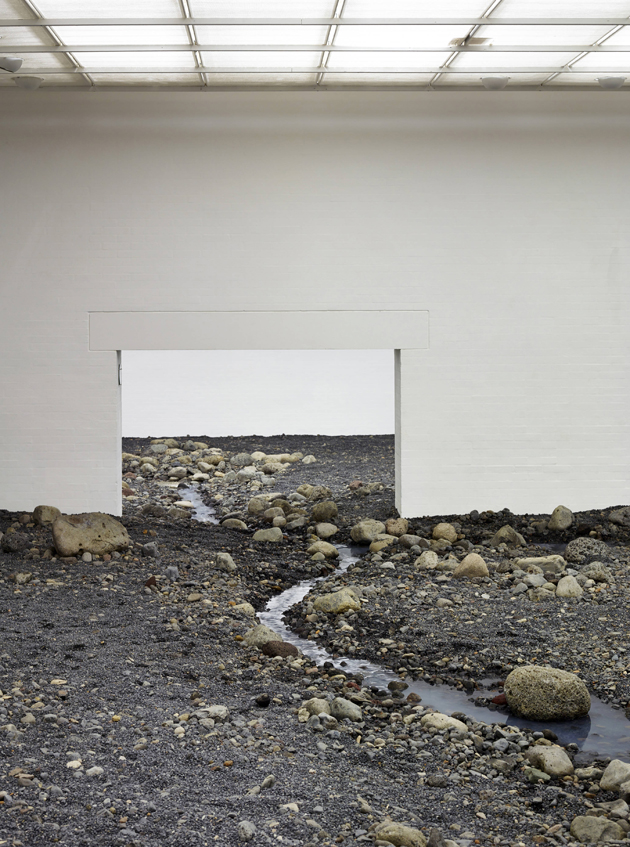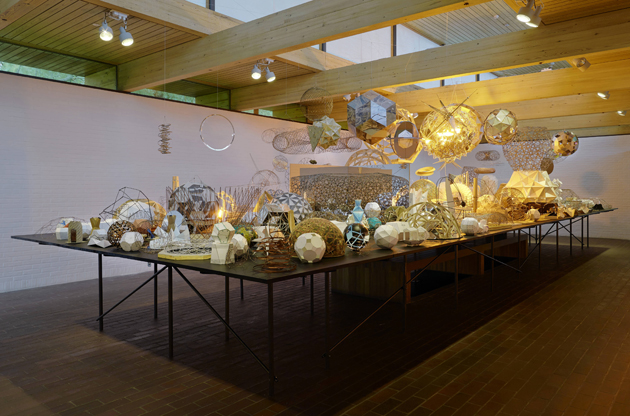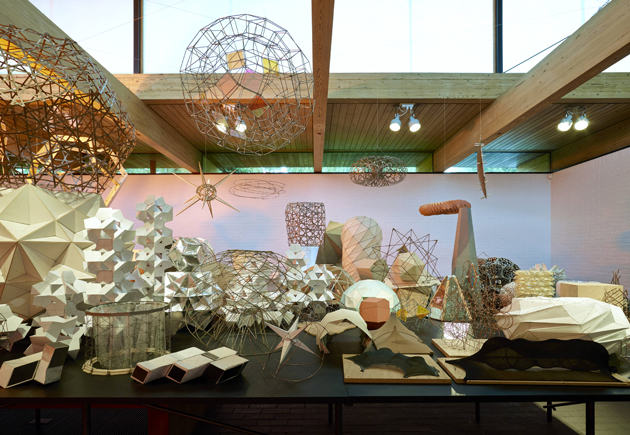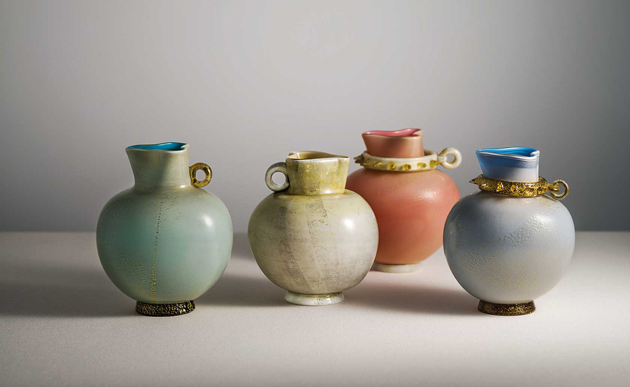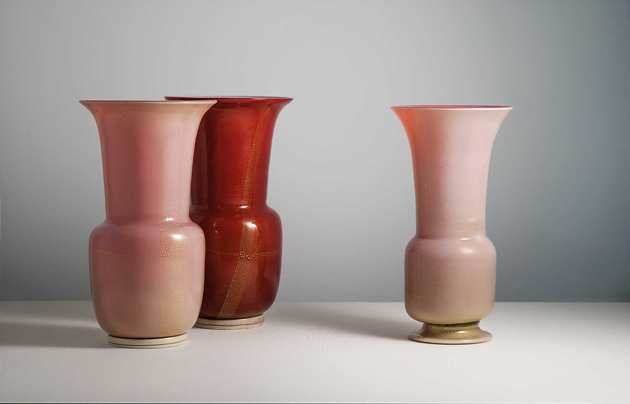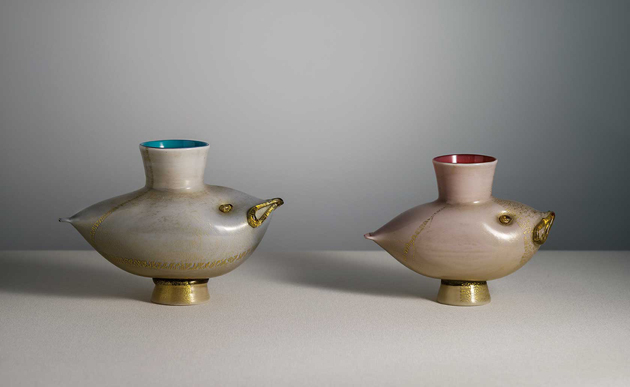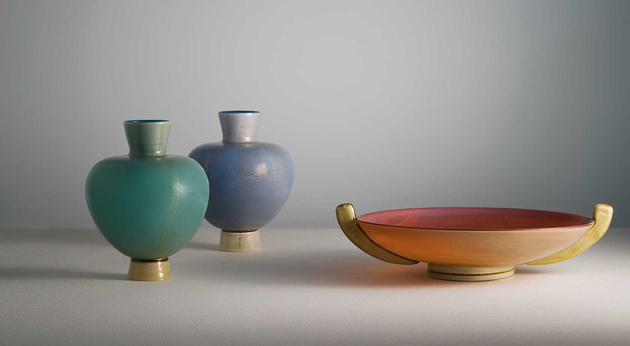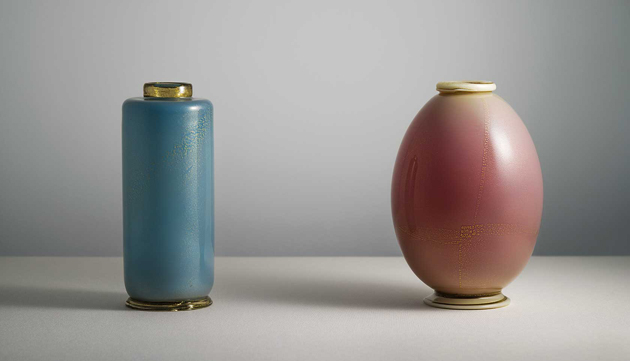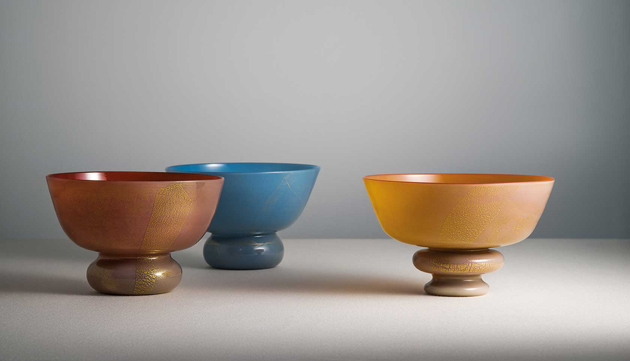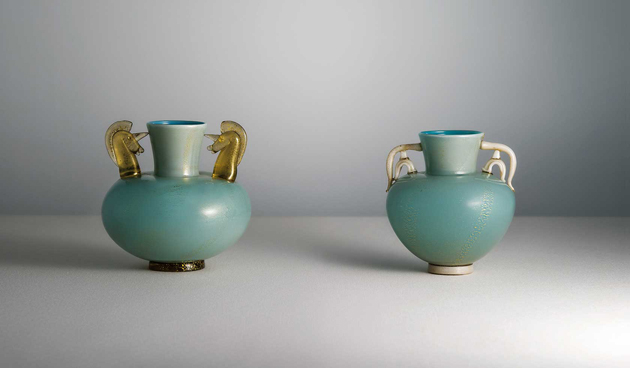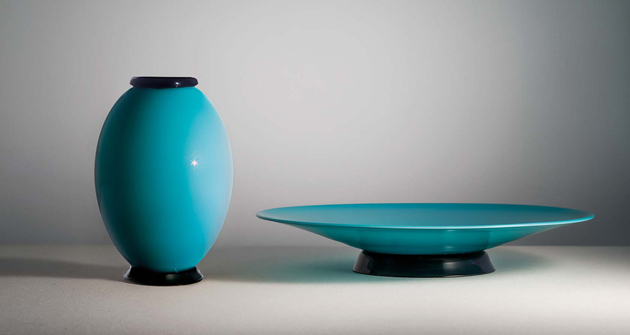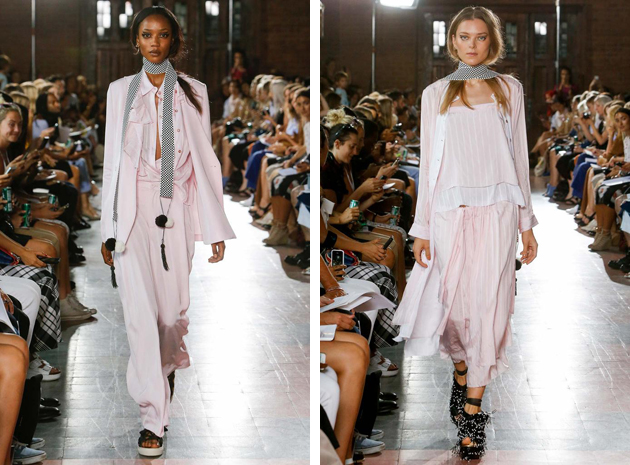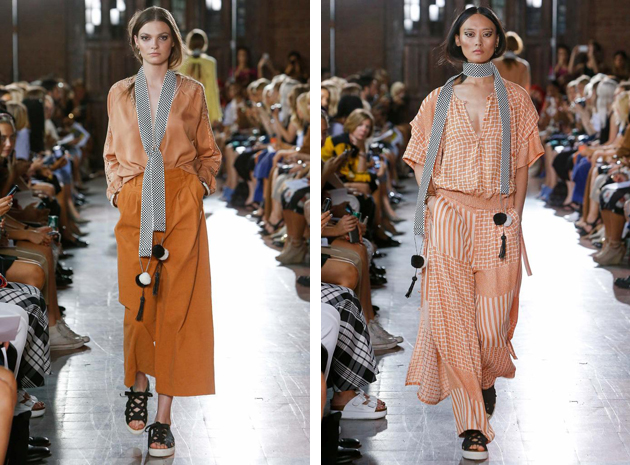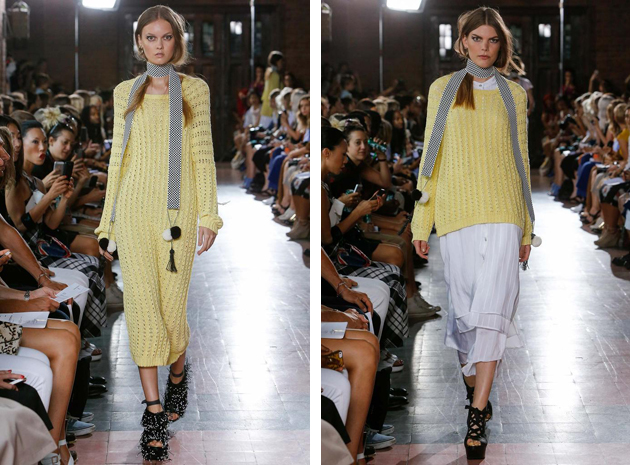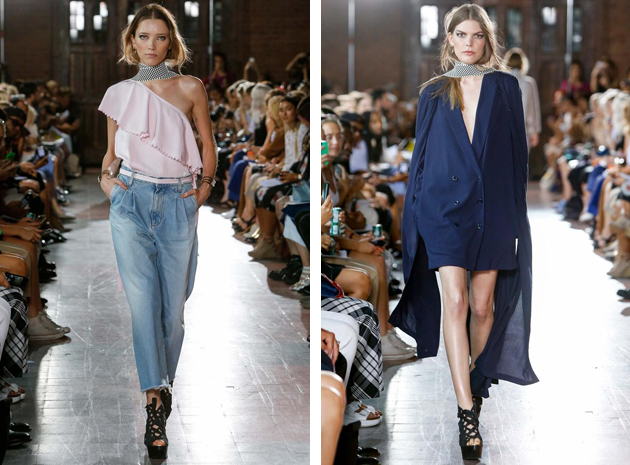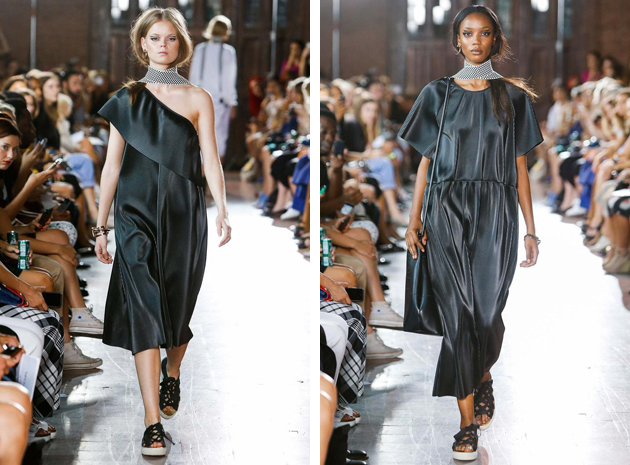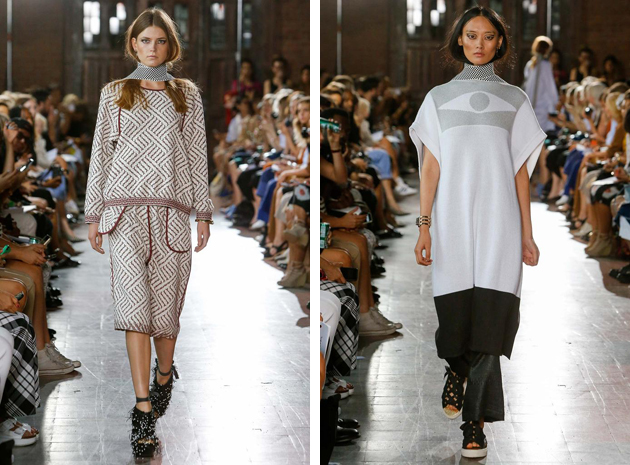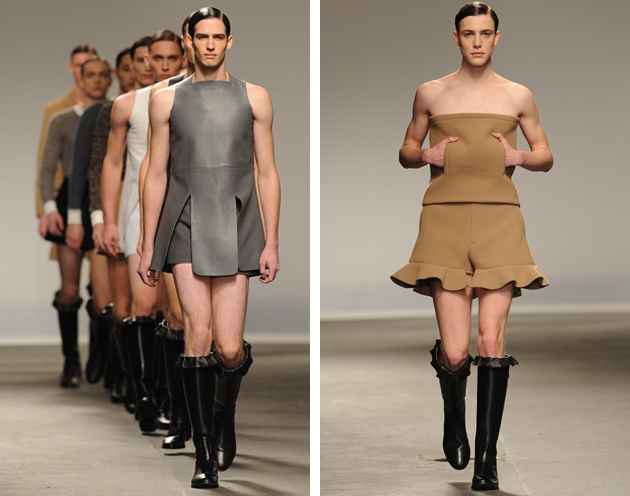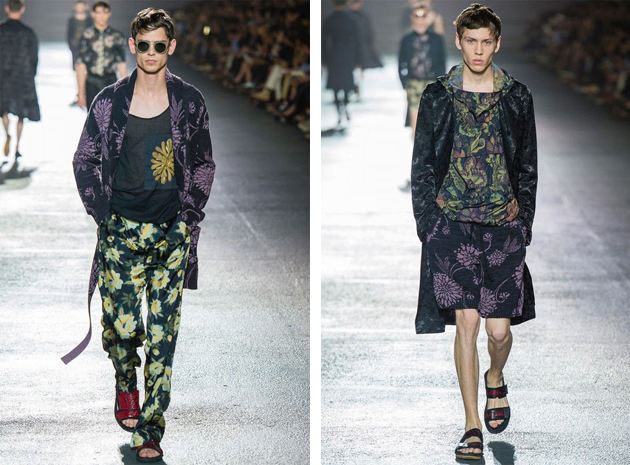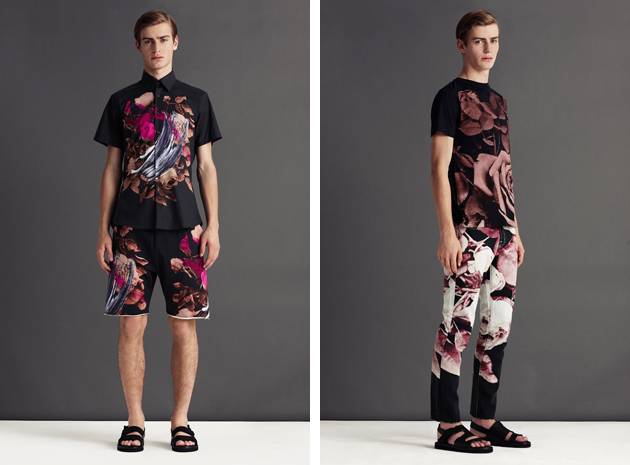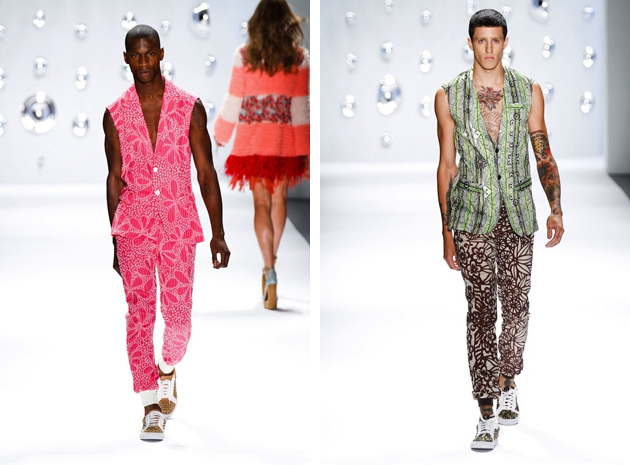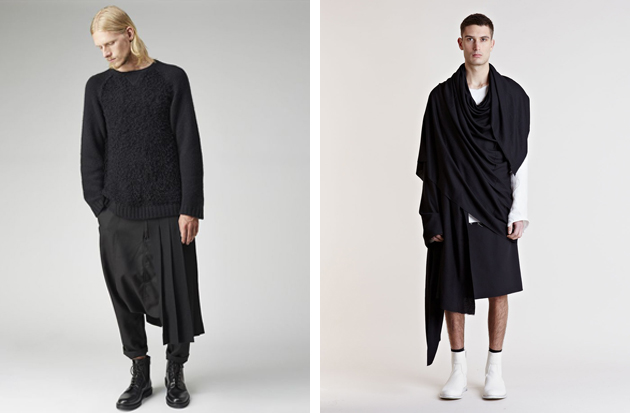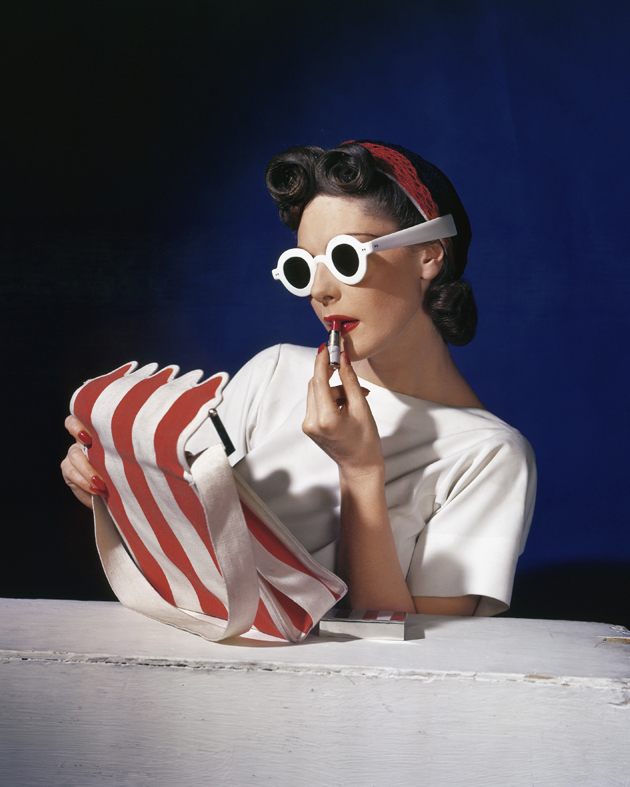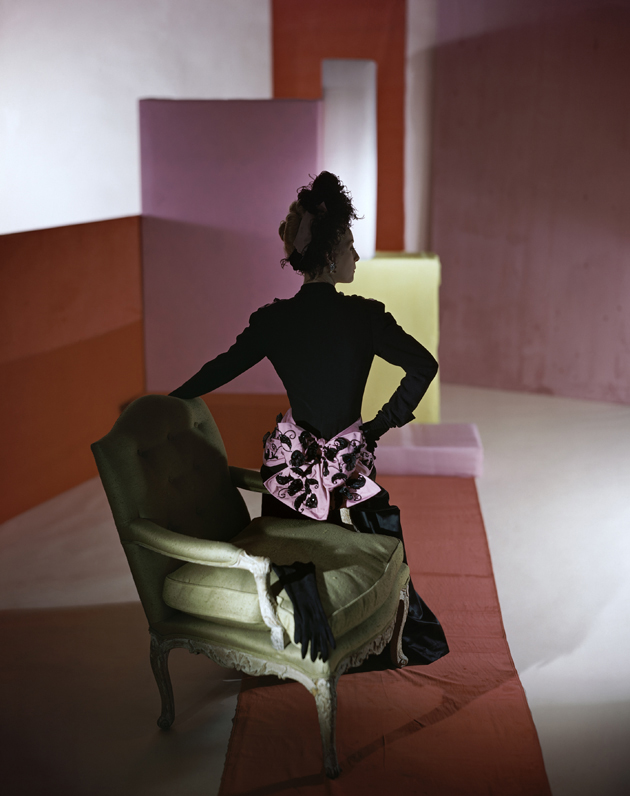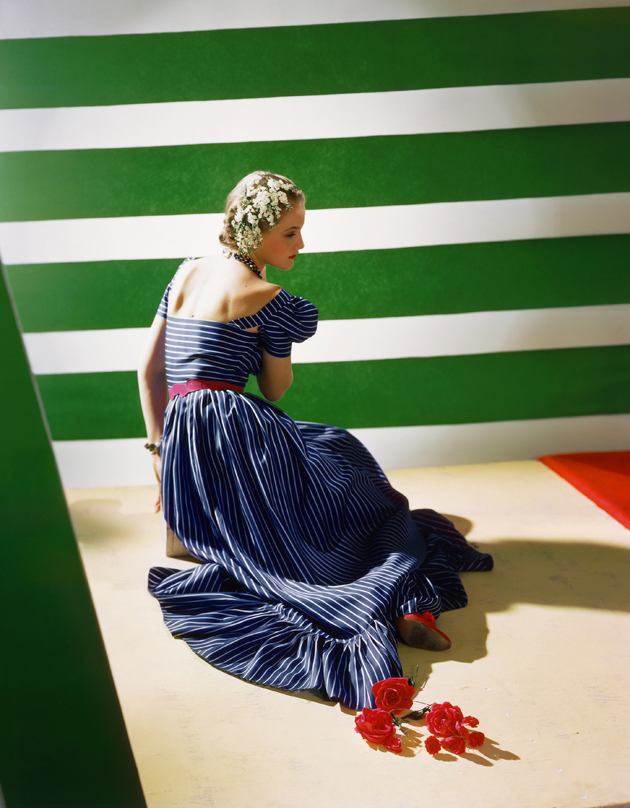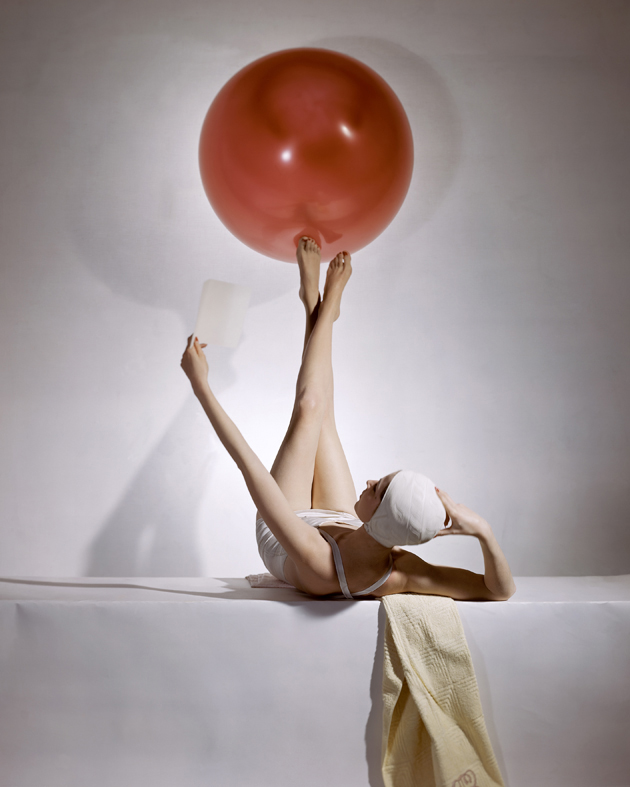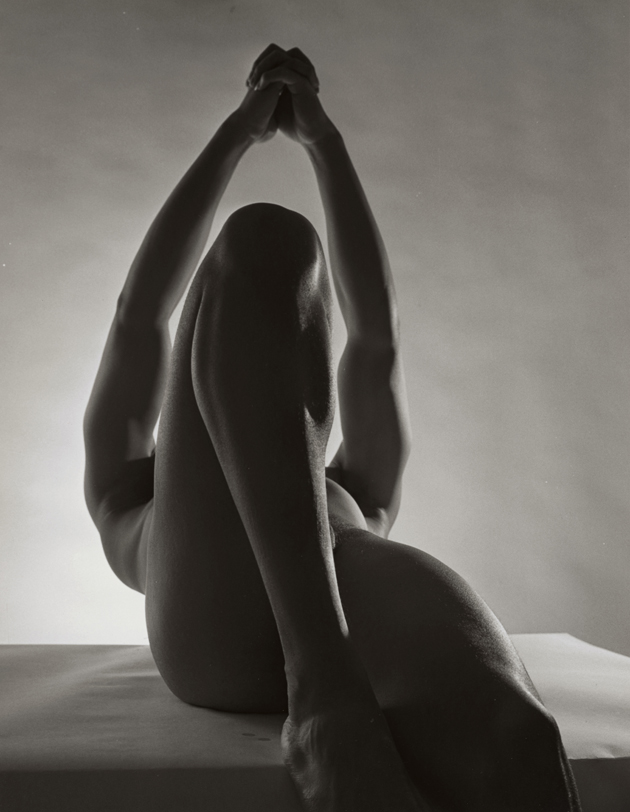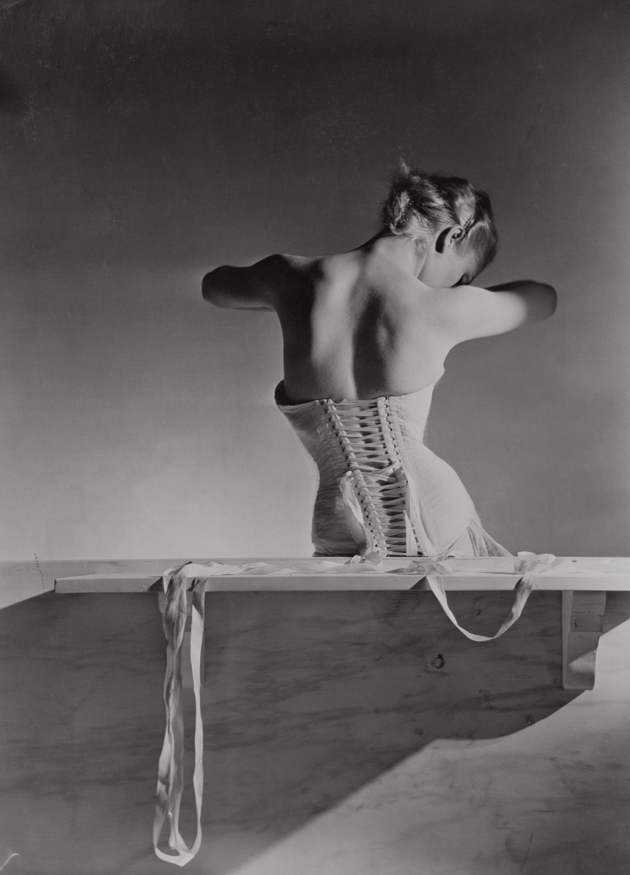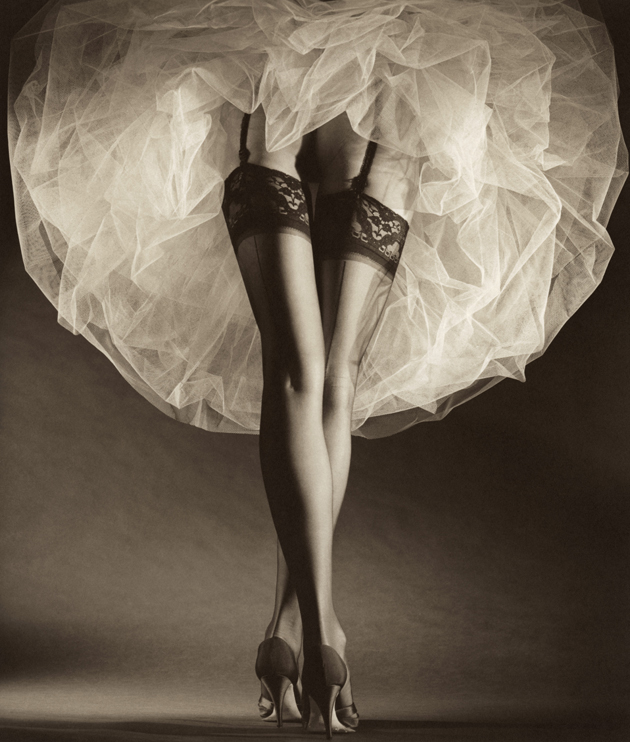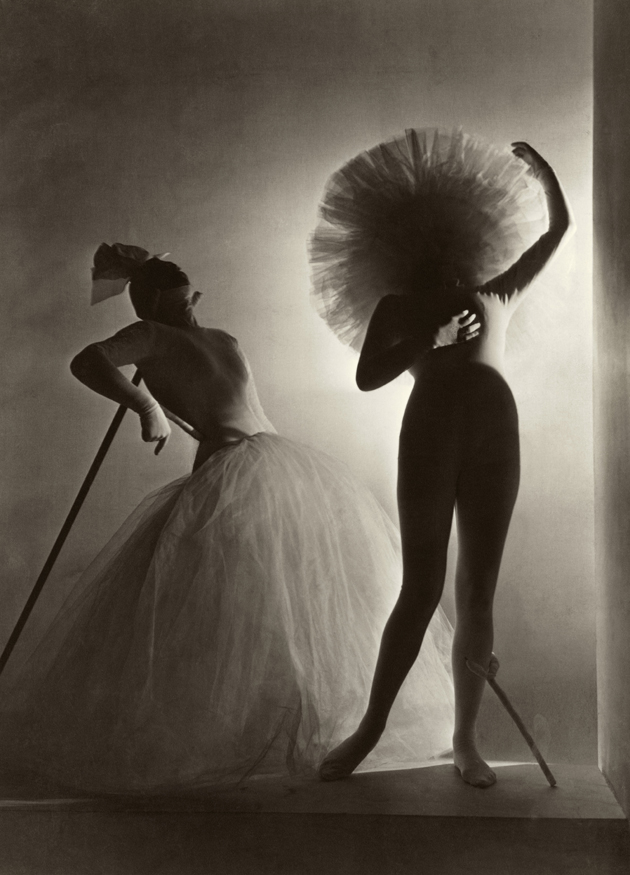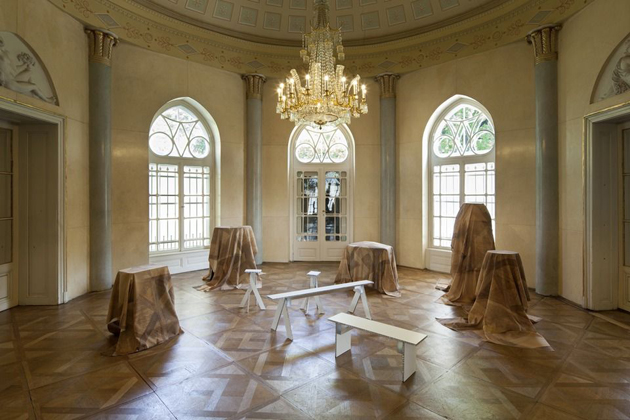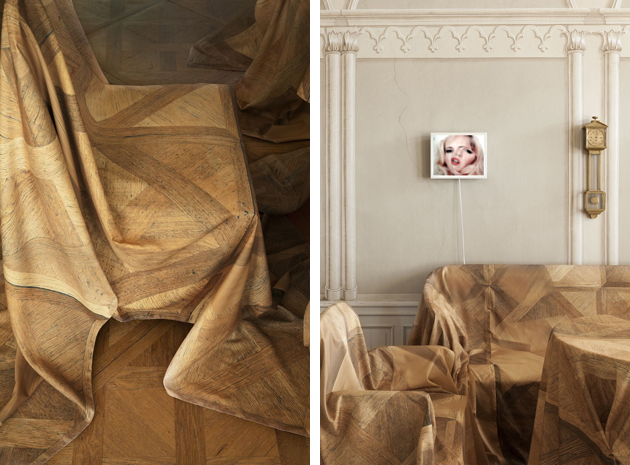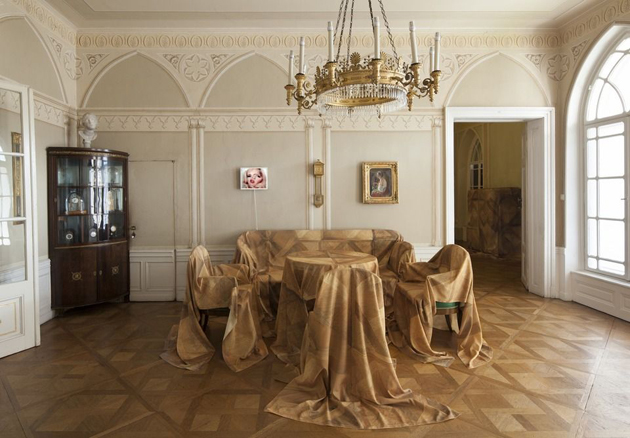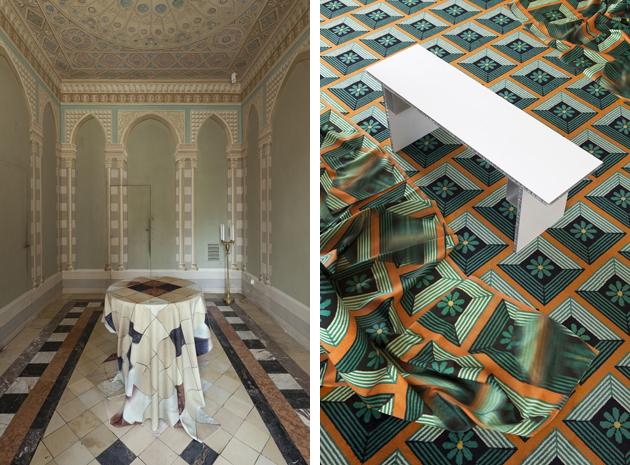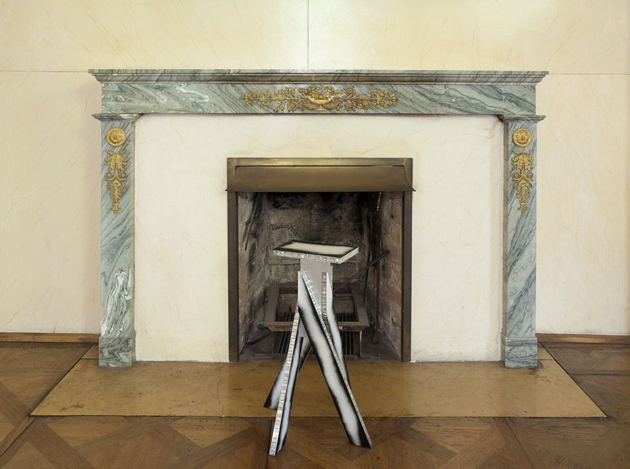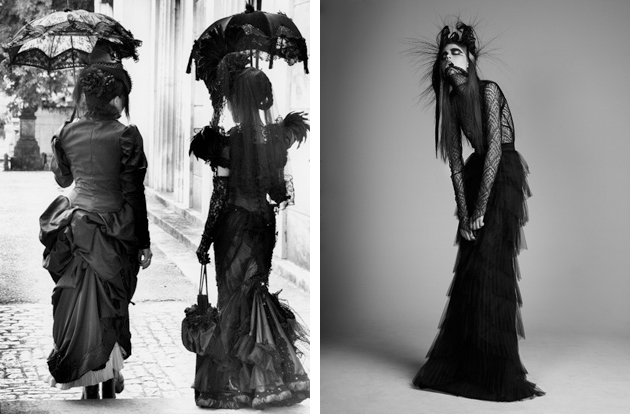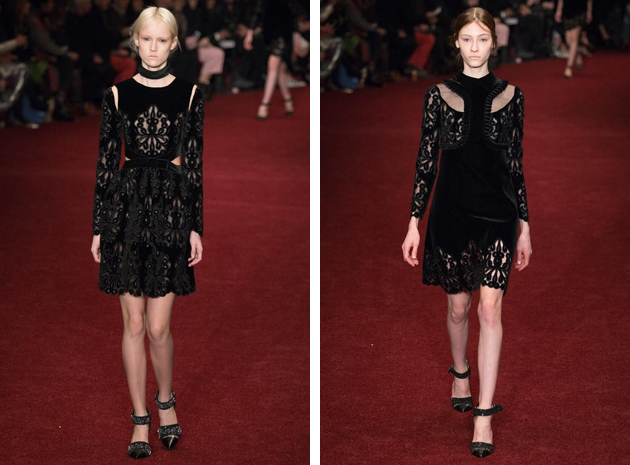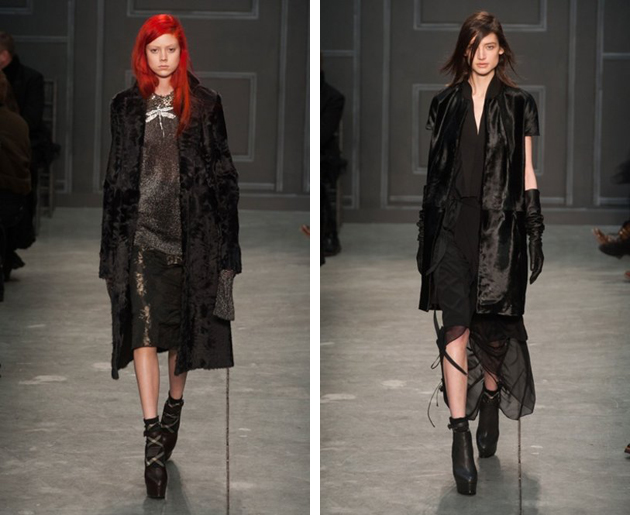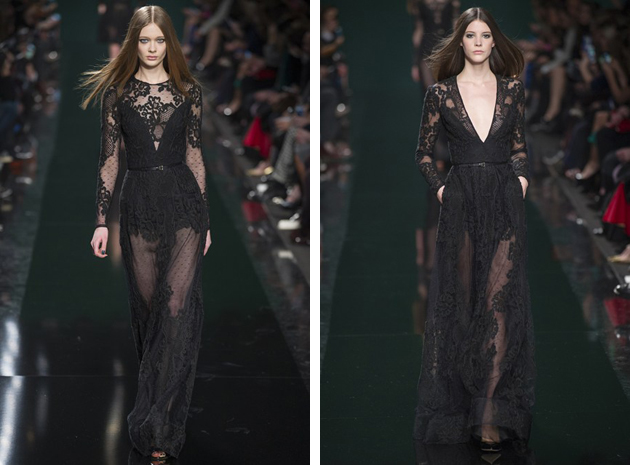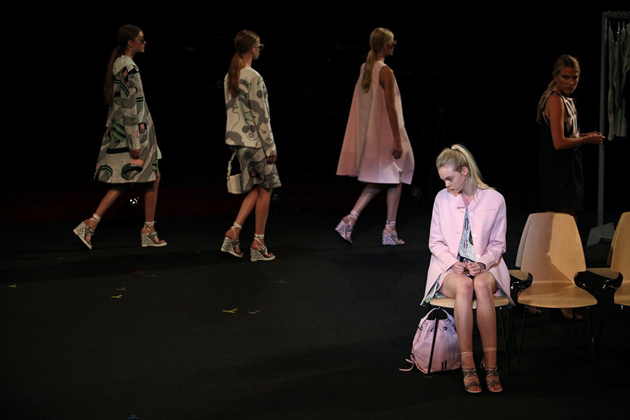
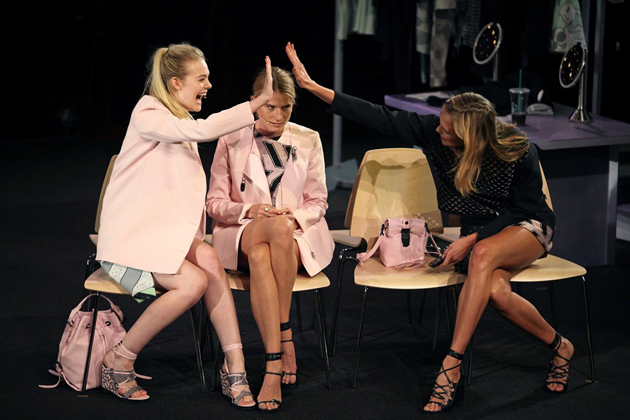
In the hustle and bustle of fashion weeks, especially in New York, with more than 200 shows and presentations taking place over the course of 10 days, it is fairly difficult for fashion brands to stand out. That is, it has become increasingly difficult to stand out only for the quality of a collection. Rather, fashion brands are ever more often using spectacle and innovative ways of presenting their products in order to catch a moment under the spotlight. This is one of the main reasons why fashion shows have become such a complex and elaborate productions, where emotions, performance and scenographic extravaganza take over, leaving fashion and style in the backdrop.
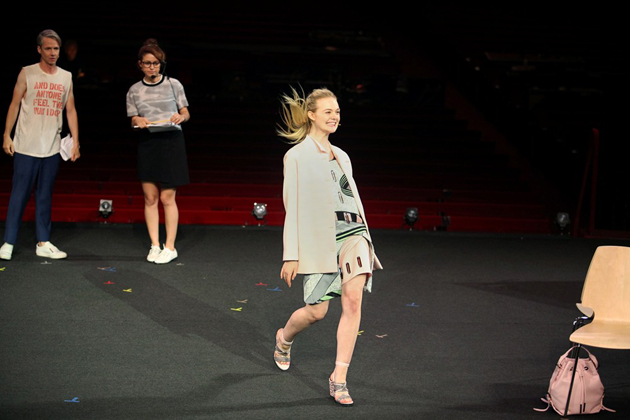
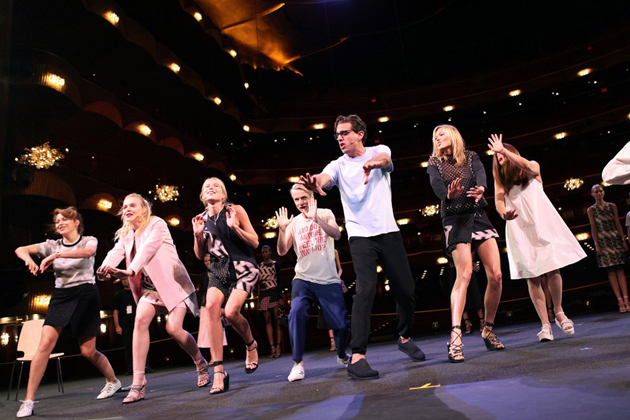
To charm and amaze the fashion crowd is not an easy job. Yet, through the years, Opening Ceremony, and its founders Humberto Leon and Carol Lim, have shown to be one step ahead. For this season’s runway, the two creative minds have decided to work with Spike Jonze and Jonah Hill on creating a memorable show. Their fusion of fashion and storytelling has brought about “100% Lost Cotton”, a one-act play written by Jonze and Hill, starring actors Catherine Keener, Bobby Cannavale, John Cameron Mitchell, Elle Fanning, Rashida Jones and Karlie Kloss, that served as the brand’s runway show. In typical Jonze and Hill style, the play was a satire of the fashion system itself: a backstage dramedy that takes place during New York Fashion Week – featuring characters named Carol and Humberto, it was a lighthearted, meta take on the fashion circuit with its tangential relationships, insecurities and struggles.
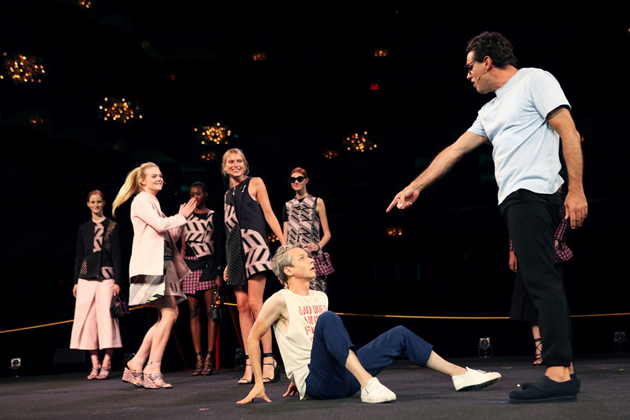
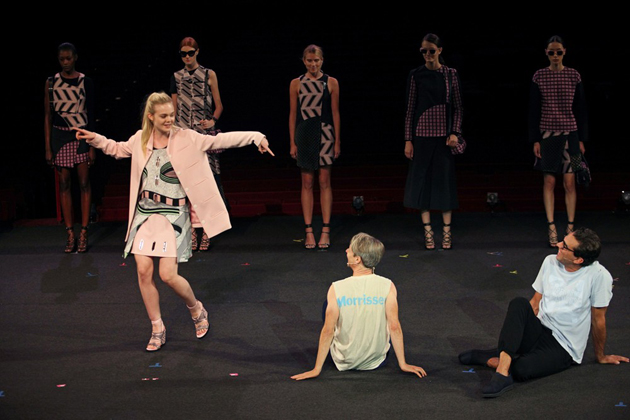
But 100% Lost Cotton was also a fashion show, where Opening Ceremony’s Spring/Summer 2015 collection took center stage. Karlie Kloss, who made her theatrical debut as herself, wore a neoprene pullover and twill mini skirt with small circular laser cut-outs. Elle, an earnest newbie model from Oklahoma, sported a swimming-pool-inspired cut-out grommet dress. Dree, who played an insecure model who dabbles in “musing” wore a powder-pink romper and an Athena bag in a mini lunch bag shape. The clothes were vibrant, in punched-up colours like tangier pink, coral, palladium green, and cerulean. Like the production, the collection was inspired by simpler times and the pure fun of collaborating with friends. “It was supposed to be about the summer of ’91 when Carol and I used to go pool hopping together in high school,” Humberto explained in a scene. “All we wanted to do was find another new pool to sneak into—that’s all that mattered.”
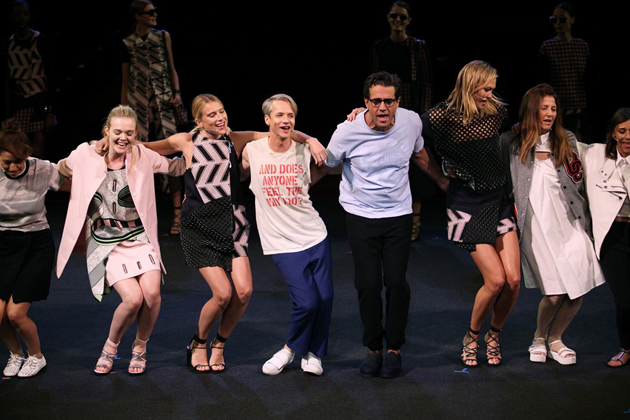
Rujana Rebernjak
